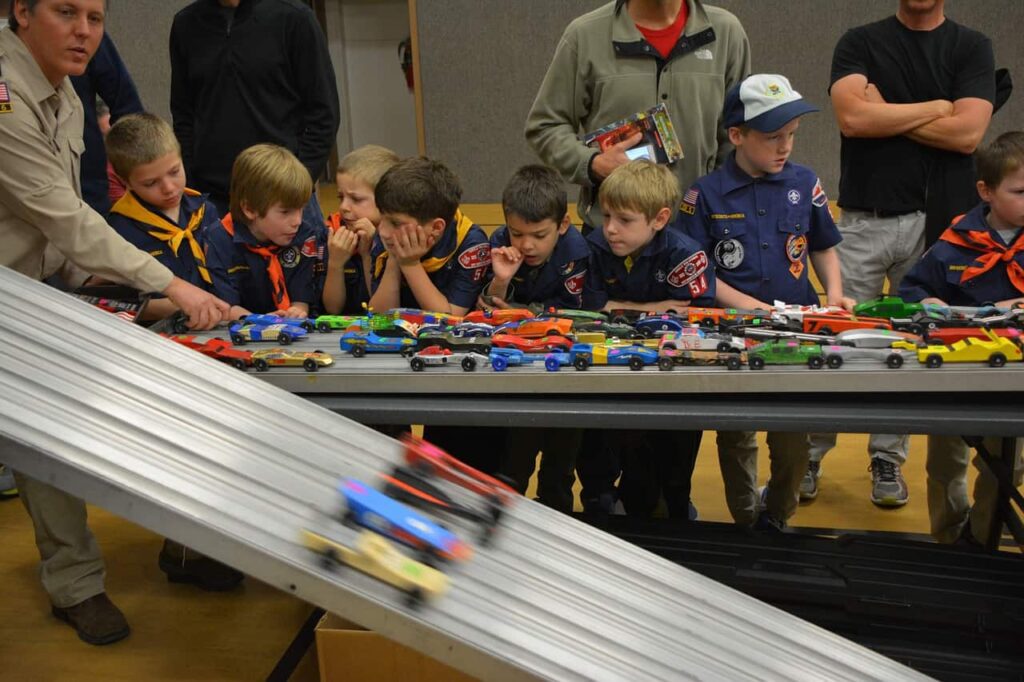
Content approved by Jerry Parker Boy Scouts of America (BSA), typically just referred to as the Boy Scouts, is the largest scouting organization in the United States. Currently, about 2.3 million youth participants are involved with the help of nearly one million adult volunteers. Around 110 million Americans have participated in BSA programs. In 2019, […]
Content approved by Jerry Parker

Boy Scouts of America (BSA), typically just referred to as the Boy Scouts, is the largest scouting organization in the United States. Currently, about 2.3 million youth participants are involved with the help of nearly one million adult volunteers. Around 110 million Americans have participated in BSA programs. In 2019, the group changed the name of their primary program, Boy Scouts, to Scouts BSA. The change was made after the organization decided to allow girls to join certain BSA troops. The national headquarters of the BSA filed for bankruptcy in early 2020.
The Boy Scouts states that their mission is to “prepare young people to make ethical and moral choices over their lifetimes by instilling in them the values of the Scout Oath and Law.” The organization aims to train young people in the ideals of character development, responsible citizenship, and self-reliance. This is done through a variety of outdoor activities and involvement with community organizations.
The Boy Scouts came about because at the beginning of the 20th century, a lot of families were moving from farms into big cities. The adults were worried that children would grow up without a sense of community that helped them become good adult citizens. Other groups, like the YMCA, began developing programming to keep children busy and teach them lessons to help them become productive grown-ups. A group called the Woodcraft Indians started in Connecticut in 1902, and the Sons of Daniel Boone were founded in Ohio in 1905. And in England, a man named Robert Baden-Powell founded a scouting organization in 1907.
An American publisher named W.D. Boyce ran into a British scout in 1909 while lost in London, and the scout helped Boyce find his way. This meeting made Boyce become interested in the scouting program. After he returned to America, he founded the Boy Scouts in 1910. The Boy Scouts’ first mission was to teach “patriotism, courage, self-reliance, and kindred values.” The BSA continued growing until the organization hit its peak in 1973, with more than four million boys involved in the program. Membership has dropped since then, but more than two million young people still participate each year.
The BSA is divided into age levels. Cub Scouting covers age 5-11. Scouts BSA is for ages 11-18, and Venturing and the Sea Scouts are available for ages 14-21. Local organizations, including churches and schools, work with the BSA headquarters to create scout troops. Volunteers operate each unit with the support of their local BSA council. Councils are made up of paid employees and volunteers.
The Boy Scouts work to teach the youth in their programs a variety of skills, many of which focus on outdoor activities. They include camping skills such as cooking, prepping a campsite, building a fire, and tent-pitching. Programs also focus on survival skills like map-reading, identifying edible plants, and first aid. These skills, along with hiking and learning about trees and shrubs, equip young people to have outdoorsy, active lives as adults.
Boy Scouts earn merit badges by completing activities focused on different topics of study. The scouts study these subjects to discover their strengths, develop focus on achieving goals, and learn about things that can help them find career paths and hobbies as adults. The merit badges are round patches with an image reflecting the topic of the badge. The badges needed to obtain the status of Eagle Scout have silver rings around the outside edge of the badge. Each scout displays their badges on a sash worn with their uniform. New merit badges are introduced regularly, and some badges are retired. Currently, badges include business, art, archery, chemistry, chess, insect study, public speaking, water sports, and woodworking.
Learning to tie knots has long been part of being a Boy Scout. Learning how to tie complicated knots teaches young people discipline and focus as well as patience. In addition, camping, sailing, and other outdoor activities require knots, so it’s a handy skill to have. The average person only knows how to tie one kind of knot, but the average scout knows how to tie 12 different knots. Scouts are also taught when the different knots should be used.


